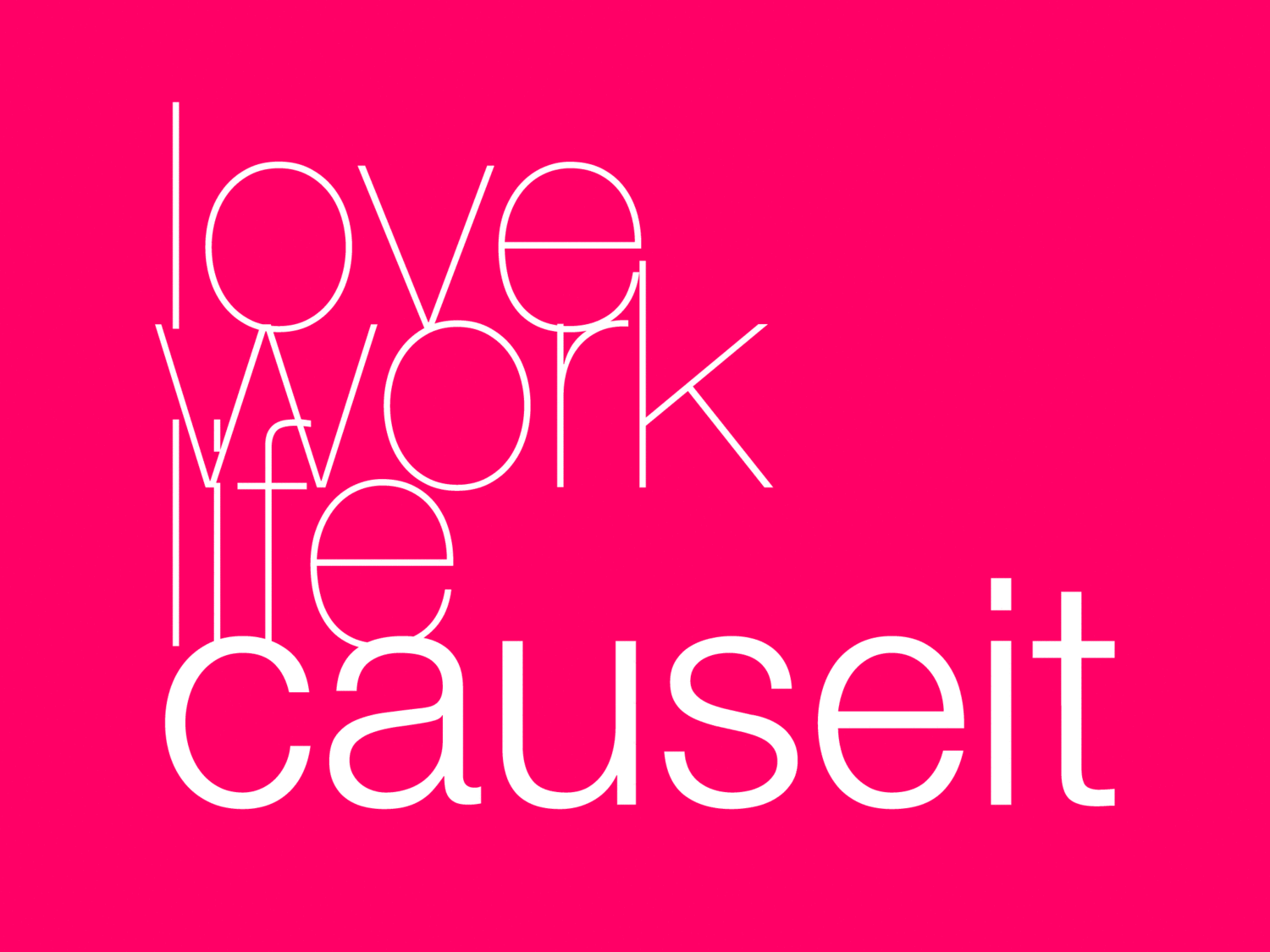In order to collaborate effectively, it’s important to assess individual thinking styles on your own team.
Make sure your team is clear about its scope. Is it formulating new initiatives? Manifesting them? Realizing (maintaining) them? Or shutting them down to create room for new things? Make sure your team is designed with those seasons in mind.
Determine each team member’s thinking styles. Most people have 2-3 areas they are strong in (think ‘genius zone’ and several others they are alright at—and maybe a few they need support in). Gather this information in a spreadsheet or other notes listing ‘genius,’ ‘competent’ or ‘needs support.’ There’s nothing wrong with needing support at an individual level—part of how to build an effective culture of collaboration is accomplished by building potential thought partnerships within the team between different kinds of thinkers (for diversity of thought) and between similar thinkers (for capacity and stability).
Identify thinking styles which are weak or missing from the team. Ideally, a team which is responsible for a full cycle of innovation, from conceiving ideas launch, scaling and completion, will have a balance of people so that each thinking style is represented. If that’s not the case, they will have to work with other teams to round out their thinking styles in order to complete that cycle.
Build thought partnerships between members of your team and other teams. Round out and synchronize the plans and mindsets between teams by identifying pairings of thinkers who complement or resonate with each other. Read more about thought partnerships at www.causeit.org/being-a-thought-partner
Where possible, build reciprocal links between teams. Reciprocal links occur when some members each of team belong equally to both teams, such that a larger purpose exists for those members who touch multiple elements of business strategy. (This concept is also used in some collective/networked leadership models like Holocracy and Sociocracy, but has a more specific meaning there).
Consider rescoping your teams to create overlap. While it might seem counterintuitive, organizations like Google use overlapping responsibilities as an approach to encourage diversity of thought. Teams with overlapping responsibilities and scope, but different combinations of thinking styles, can boost the overall excellence of thought and execution in an organization.
- Take the Worktypes™ test by Jive Software
- Talk to Causeit about your organization’s design and thinking styles
Further reading:
- What Kind of Thinker Are You? by Mark Bonchek and Elisa Steele
- Being a Thought Partner by MJ Petroni
- What Google Learned From its Quest to Build the Perfect Team by Charles Duhigg

